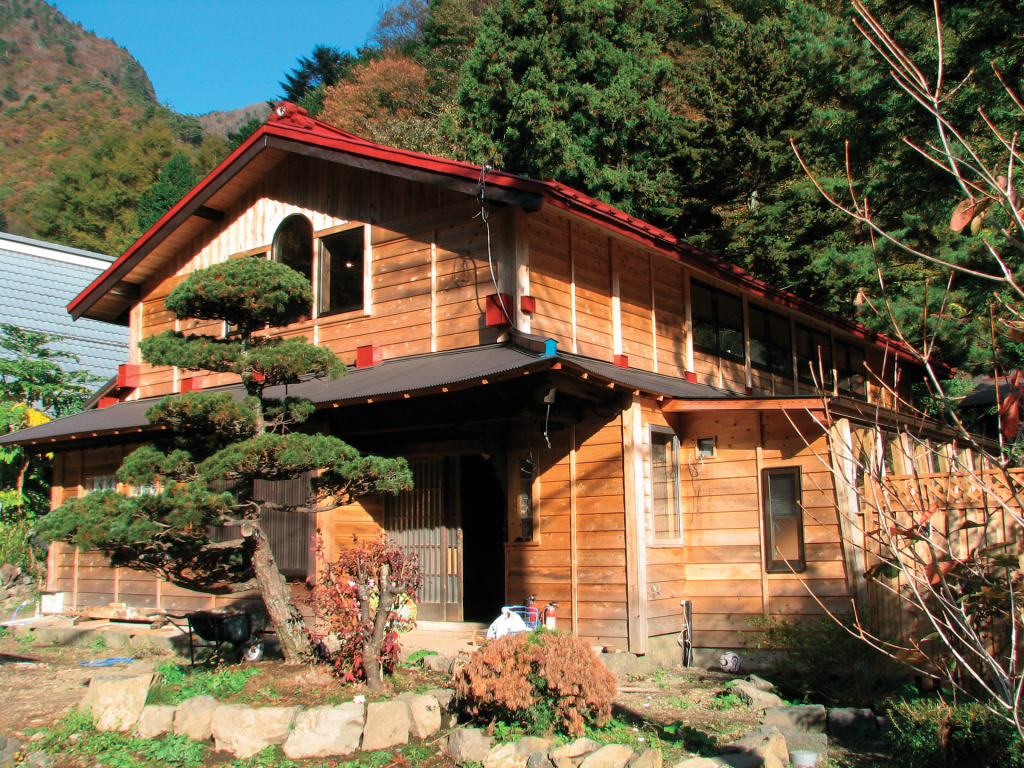
Ancient Japan was a noble land; a kingdom directly descended from Amaterasu, Goddess of the Sun. Dignified castles sheltered refined villages with majestic tree-lined temples and organic farmland spreading to the base of the mountains. Stately wooden homes built by master carpenters would last hundreds of years.
Horyu-ji Temple in Nara, the oldest wooden building in the world, has stood for more than1,400 years. With such a deep tradition of permaculture and self-sufficiency, why does Japan now import 60 percent of our food and live in houses with an average life span of 19 years? Old Japan is not gone; just faded.
Migration to the cities left many venerable houses and fertile fields empty. And with the growing popularity of slow-life and LOHAS lifestyles, people are moving back to the countryside; restoring homes, planting gardens, opening shops and revitalizing villages.
The Mt. Fuji Five Lakes area has long been a quick getaway from Tokyo, but recently many of the weekenders aren’t rushing back to the city in Sunday night traffic.
Taking advantage of low real estate prices, high-speed Internet connections and easy access to the city, people are converting villas and antique farmhouses into studios, cafes and home offices, and breathing life back into the communities.
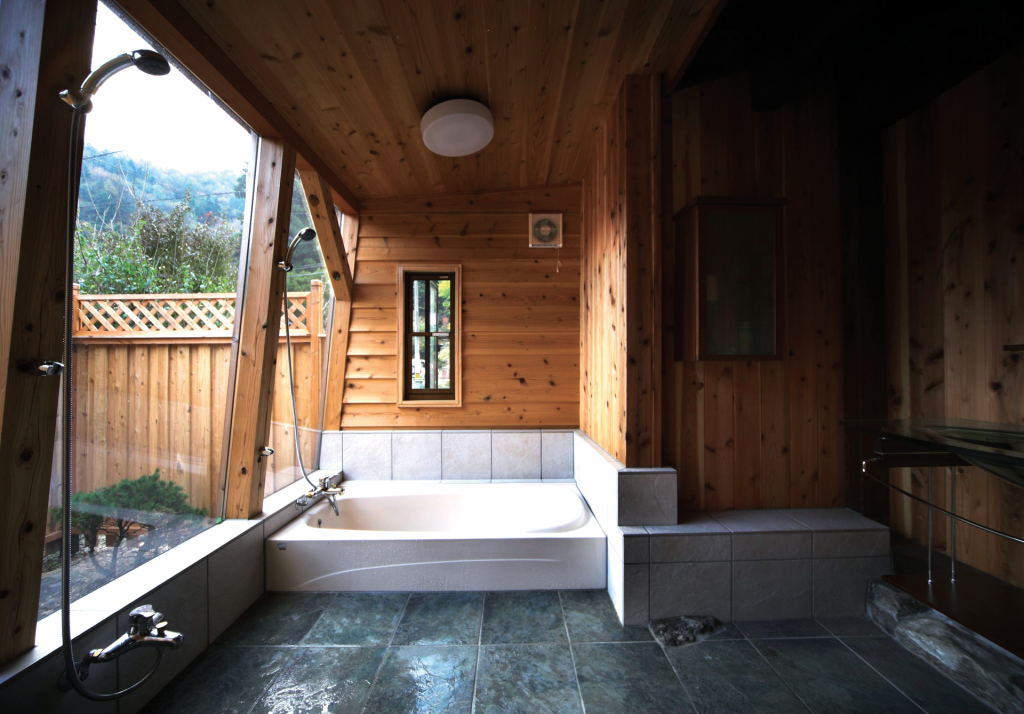
On Lake Saiko, the owner of a small fashion house in Harajuku founded stylish Café M. She wanted “to design in nature, gazing across blue mountains, and still have a place next door serving great cappuccinos.” Open from noon to 4 p.m. and 6:30-9 p.m. Tel: (0555)82-2628
Down the road, renowned Everest climber Ken Noguchi converted an abandoned elementary school into a nature-learning center. Even rock-n-rollers need a break. Shige, singer in the massive Japanese punk band Anarchy, recently moved there. Living and recording next door is Shake, guitar legend of Red Warriors fame.
Nearby on Lake Shojiko, is the quaint village of Imura. A Shinto shrine sits under O-sugi, a majestic 1,200-year-old Japanese cypress. Eco-architect Jake Reiner fell in love with the old homes and timeless spirit of the village and has restored a beautiful 150-year-old Japanese minka. He plans to resell the house and bring some new faces to the village.
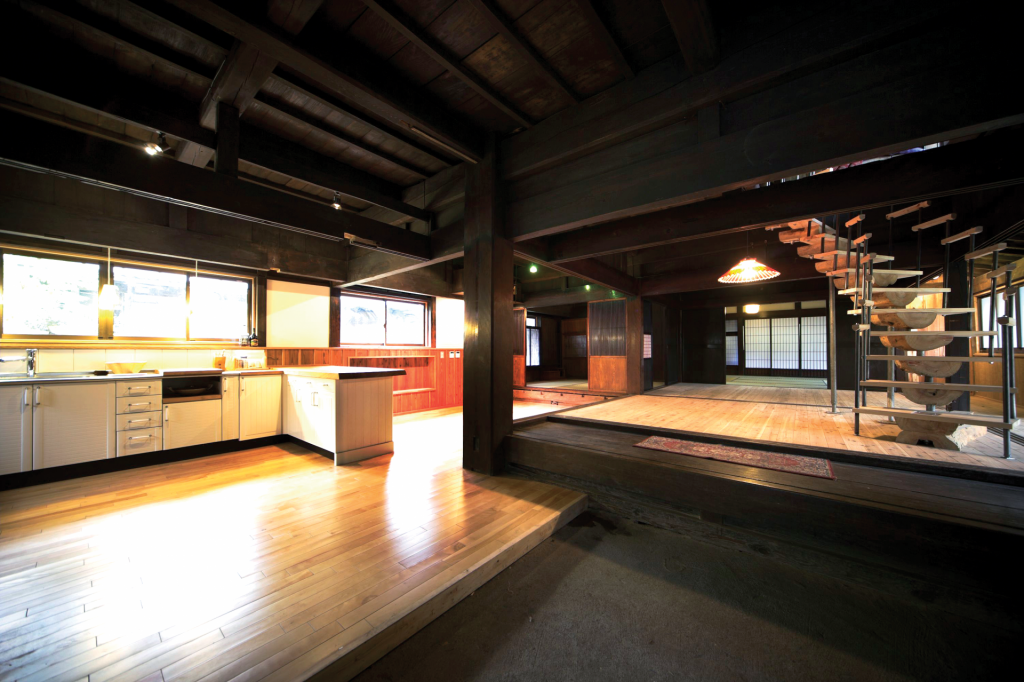
The massive wooden beams of the interior were polished, the walls super insulated, windows and a sunroom added, and heated floors installed. A modern kitchen and luxurious bath add comfort to the charm of the architecture. The central spiral staircase ascends to an expansive second floor loft/studio and, in the gardens, a traditional Okura storehouse has been converted into a guest cottage.
For more information on the Shojiko House, call 090-9346-3774 or check out photos online at www.shojikohouse.blogspot.com. Mt. Fuji abounds with culture, festivals, wineries, hot springs, restaurants and museums. Outdoor enthusiasts enjoy hiking, biking, golf, windsurfing, fishing, horse riding and skiing.
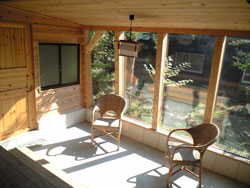
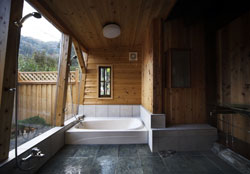
As we seek new ways to harmonize modern life with natural ways, we need only look to our past. Our culture is rebuilding, and sustainable development is within our reach. And the countryside is full of resources waiting for us to return and embrace.
For more information on resort properties in Japan, visit Japan Property Listings.





